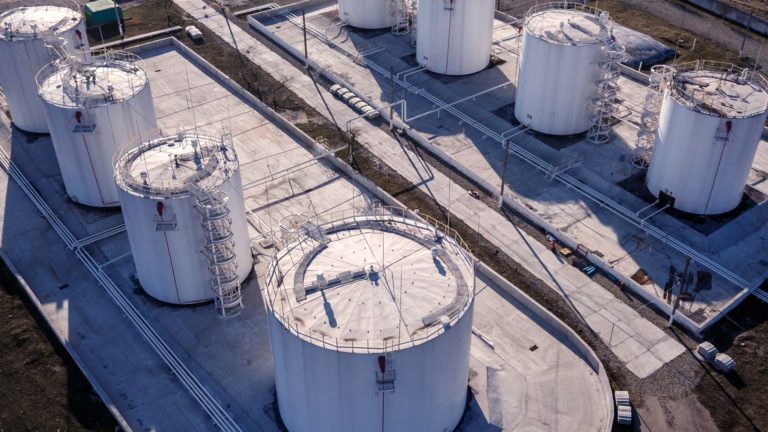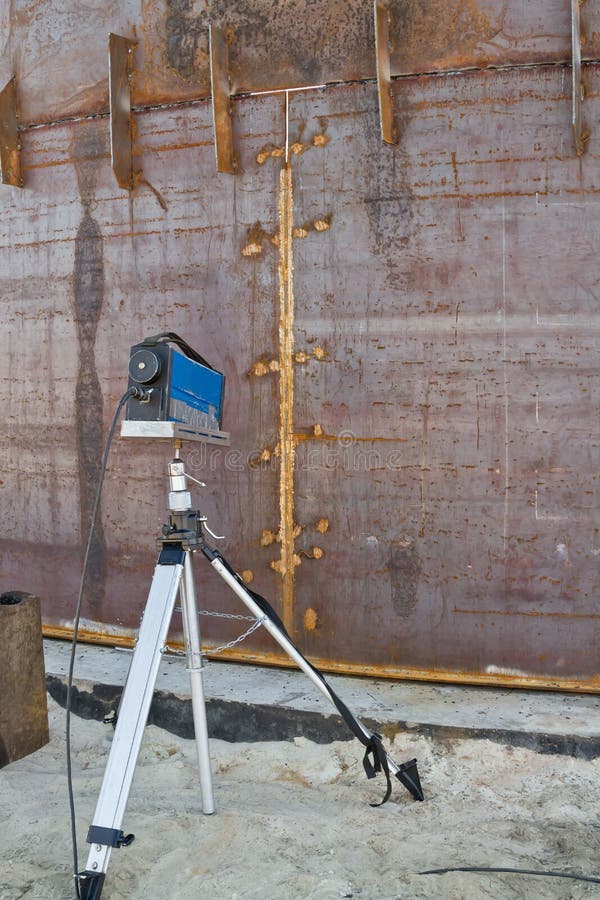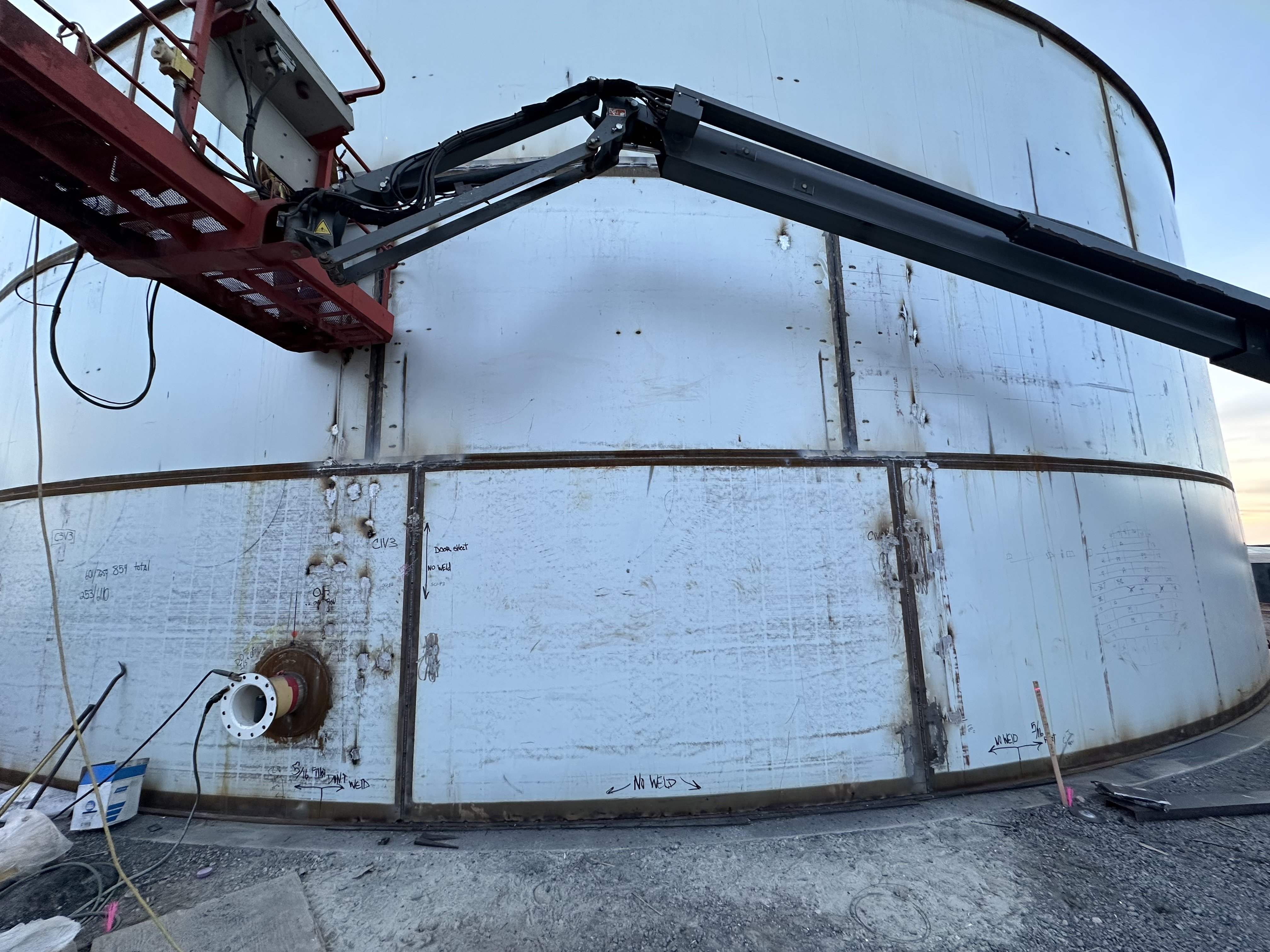Just How to Ensure Conformity with Tank Welding Inspection Standards
Wiki Article
A Detailed Summary of Container Welding Inspection Requirements and Methodologies for Improved Weld High Quality and Efficiency
The significance of welding inspection standards in the production of containers can not be overemphasized, as they serve as the backbone for guaranteeing weld honesty and functional integrity. Numerous inspection methods, including visual analyses and progressed non-destructive testing methods, are critical in identifying prospective defects that could compromise efficiency.Significance of Welding Evaluation Criteria

Welding inspection criteria incorporate a variety of standards, consisting of material requirements, welding procedures, and qualifications of employees associated with the welding process. By applying these standards, companies can systematically recognize and correct potential flaws, therefore reducing the probability of costly fixings or catastrophic failures. Moreover, strenuous inspection methods cultivate a society of accountability and precision, encouraging welders to maintain high levels of craftsmanship.

Common Welding Examination Strategies


Ultrasonic Examining (UT) is one more common strategy, using high-frequency sound waves to detect inner problems that might not be noticeable externally. This method is specifically effective for recognizing voids or additions within the weld steel. Magnetic Bit Evaluating (MT) is also extensively utilized, especially for ferromagnetic products, as it exposes surface and near-surface defects via the application of magnetic fields and ferrous bits.
In Addition, Liquid Penetrant Testing (PT) detects surface-breaking issues by applying a penetrant to the weld and after that utilizing a programmer to extract the penetrant. Each of these techniques adds to a comprehensive assessment technique, making certain that welds satisfy the rigorous high quality standards called for in tank building and construction.
Regulatory Specifications and Compliance
Governing criteria and conformity are vital parts in making sure the safety and reliability of bonded structures in storage tank building and construction - Tank Welding Inspection. These requirements offer to establish minimum needs for material buildings, welding procedures, and assessment techniques, consequently lowering the danger of structural failings and boosting overall performanceTrick companies, such as the American Society of Mechanical Designers (ASME) and the American Welding Culture (AWS), provide guidelines that are commonly taken on in the market. Compliance with these requirements not just guarantees adherence to ideal practices yet additionally satisfies lawful and legal obligations, protecting the rate Clicking Here of interests of sites stakeholders.
Governing bodies usually mandate adherence to certain codes, such as ASME Code Section IX for welding credentials and API 650 for welded tanks. These codes outline needs for welding techniques, qualifications of workers, and testing techniques to confirm weld honesty.
Normal audits and examinations are essential to preserving compliance, as they help determine variances from established requirements. Non-compliance can lead to considerable charges, job delays, and security risks. Therefore, a robust understanding of regulatory standards and a dedication to conformity are extremely important in attaining top notch and long lasting welded tank structures.
Non-Destructive Testing Approaches
Just how can the stability of welded structures be assured without creating damage? Non-destructive screening (NDT) techniques use a durable option, allowing examiners to assess weld top quality without compromising the material - Tank Welding Inspection. Among the most usual NDT techniques are ultrasonic testing (UT), radiographic screening (RT), magnetic fragment screening (MT), and dye penetrant testing (PT)Radiographic testing involves passing X-rays or gamma rays with the weld, producing images that reveal architectural problems such as splits or voids. This approach is important for analyzing the stability of intricate welds.
Magnetic particle screening is fit for ferromagnetic products, where electromagnetic fields expose surface area and near-surface stoppages. Dye penetrant screening utilizes a liquid color to highlight surface-breaking problems, making it an efficient technique for non-porous materials.
Each of these NDT approaches has distinct advantages, enabling comprehensive evaluations tailored to particular materials and welding processes. By carrying out these strategies, industries can make sure the integrity and safety of welded structures, inevitably boosting total performance.
Enhancing Weld High Quality Through Examination
Efficient inspection plays an important duty in boosting weld quality, acting as an important checkpoint in the construction procedure. By recognizing potential defects early, evaluations mitigate the risk of compromised architectural stability and guarantee conformity with industry standards. Employing a combination of visual evaluations, non-destructive testing (NDT) techniques, and mechanical evaluations, examiners can discover problems such as porosity, fractures, and incomplete combination.Implementing a durable inspection method not just boosts the general high quality of welds however also fosters a society of liability amongst welders and producers. Routine training and certification of examination employees guarantee that they are geared up with the required skills to identify and deal with possible troubles effectively. This aggressive strategy decreases rework and linked expenses, eventually adding to project effectiveness.
Additionally, comprehensive documents of assessment findings provides beneficial understandings into recurring problems, helping with continuous enhancement in welding practices. By leveraging innovative modern technologies, such as automated ultrasonic testing or digital radiography, weld quality can be improved through extra exact evaluations. Finally, an extensive inspection procedure is crucial in accomplishing high-quality welds, making sure safety, reliability, and durability in storage tank construction.
Final Thought
Finally, the implementation of strenuous tank welding examination standards and techniques my response is important for making certain weld integrity and performance. By making use of a combination of aesthetic assessments, non-destructive screening approaches, and adherence to regulatory requirements, organizations can efficiently recognize and reduce possible defects. Promoting a society of accountability among welders better enhances the high quality of welding processes. Eventually, these methods add to lowered architectural failures, reduced fixing prices, and improved operational effectiveness within the market.Report this wiki page